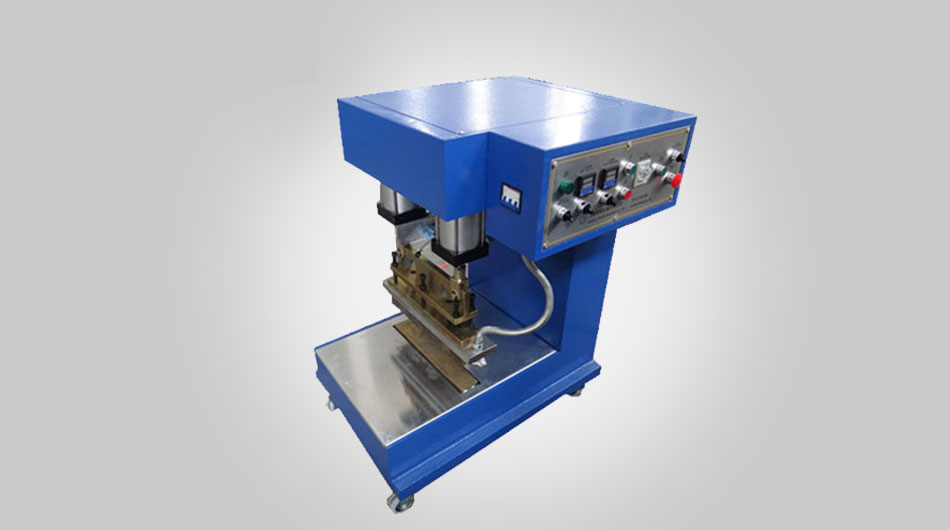

0086-15168150475
sunny@davison-machinery.com/davison@dongxiong.com
Robotic welding is used in mass production- long gone a […]
Robotic welding is used in mass production- long gone are the days that cars where made by humans or even had parts that are fitted and installed by humans.
In the home shop or professional custom fabrication shop however, TIG, MIG and MAG are the most popular, but flux core mat also be used. Each process is different enough that there are somethings that the others won't be able to do, or would be very difficult to do.
For example, TIG offers the tightest heating area with balance of HAZ comparable to MIG/MAG. You can choose to use filler or go without, and you can very precisely control penetration and puddle width. It is able to perform very clean welds that can be readily painted or to be displayed as is for decoration. But TIG also needs the cleanest material before starting, or results may be less than satisfactory with anything from porosity to pinhiles, as well as melting through and damaging the material. Usually it is used to make new parts rather than repair existing parts. Parts must precisely fit together- it is a poor choice for any sort of gap filling in thin material such as sheet. The most common uses is roll cages, joining tubing and fuel tanks.
MIG, MAG and flux core are all automatic feed processes, meaning that to produce a weld or molten puddle molten filler must be added.
MIG and MAG are both GMAW, the difference being the type of shielding gas used and its resulting changes to the weld pool. MIG, most commonly C25 gas (75% argon with 25% CO2), will produce a more pointed weld pool depth than MAG’s C100 (100% CO2) that is more of an elliptical depth. This makes MIG more suitable for performing structural or mechanical welds while MAG is better for filling gaps and bodywork. The metals must be cleaned of contaminates, but there is a little tolerance for minor mill scale, surface rust, or light oils.
Flux core is FCAW, while uses the same controls of GMAW is distinctively different in two ways: it may use AC and DCEN and uses a flux filled core that melts with the steel, cleans and protects the molten pool by rising to the top of the weld. GMAW is DCEP, the electricity will produce heat primarily on the work sueface and the metal filler melts on contact with the surface. FCAW on DCEN produces the heat, at the end of the electrode and heat is transferred to the surface by the arc. Hotter filler metal can produce a much deeper puddle, suitable for welding thick metals. The AC version of FCAW balances penetration with cleaning, which can produce satisfactory welds on difficult to clean or uncleaned surfaces with paint, grease, plating or coatings. Flux core may be used without a shielding gas, allowing it to be used in windy conditions or outdoors that is not possible with GMAW. The most common uses are adding roof racks, bumpers, repairing frames and adding brackets.

https://www.davison-machinery.com/